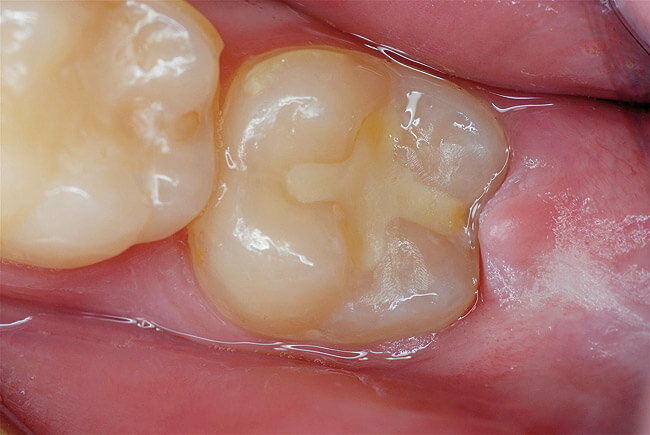Dental hygiene is not a choice. It is essential to achieve a healthy smile. Those taking it for granted end up facing the consequences like damaged teeth, cavities, and even tooth loss in worse cases.
Sometimes, even after so much effort and care, your teeth get cavities, and improper dental hygiene is the common reason for that. While you may think you follow a proper care routine, brushing twice daily is not enough. For instance, missing essential steps like flossing and using mouthwash can often result in tooth cavities. Fortunately, dentists now have effective techniques to treat this dental condition. One such is dental filling. If we are precise, dentist use composite or glass ionomer filling to treat a decaying tooth.
This guide has summarized some of the main advantages of a dental filling, including glass ionomer filling.
What is Glass Ionomer Filling?
Glass ionomer is a dental filling procedure that has been around for almost 50 years. It is a self-adhesive material used for restorative purposes in dentistry. Its chemical composition includes fluoro aluminosilicate powder and polyacrylic acid liquid. The unique formula made of versatile material has a variety of uses in dentistry. That said, this procedure is majorly under-used or overlooked in the US.
Glass ionomer filling has different formulas. More minerals are included in the formula to prevent acidification. Some dentists add it with resin for added strength as well as to minimize the sensitivity level.
What Does Glass Ionomer Filling Look Like?
Glass ionomer filling is somewhat similar to resin composites. They are the same as tooth color and are used for aesthetic purposes. Due to their increased restorative strength, they eliminate the need for any bonding agent during application.
Assistant professor in UAB’s School of Dentistry, Dr. Nathaniel Lawson said besides the fluoride release, glass ionomer filling was also preferred for its exceptional adhesive and moisture tolerance properties. Unlike resin composite fillings that need to be fixed to the tooth structure via the hybrid layer, glass ionomer filling attaches straight to the hydroxyapatite in teeth.
“Salivary contamination is an enemy of adhesive dentistry, as water will compete with our adhesives for access to the tooth structure. Therefore, the hydrophilicity of glass ionomer materials makes them more moisture-tolerant,” Dr. Lawson elaborated.
Advantages:
Following, we have listed some advantages of glass ionomer filling in dentistry.
- The biggest advantage of glass ionomer filling is the fluoride release over time.
- The next great thing about this filling is that it is exceptionally bonded to tooth structure without requiring any binding agents.
- It requires minimal removal of the original tooth for application.
- They are perfect to use for aesthetic purposes.
- They are extremely versatile, which means they have multiple uses in dentistry.
- They harden immediately
Disadvantages:
Obviously, like other dental procedures, glass ionomer has its fair share of disadvantages. Scroll down to learn that it includes:
- Glass ionomers are not durable. They are likely to get fractured or worn out.
- They have low tensile strength as compared to composite
- They have a limited shade range. Hence, not an ideal option for aesthetics.
- They have lower stain resistance qualities than composites and may discolor over time.
Conditions for Glass Ionomer Filling:
Glass ionomer cannot be used in every case. There are some dos and don’ts attached to it.
- They are only fit for occlusion areas.
- Restorative glass ionomer is only good when used together with composite resin.
- They must not be used with phosphoric acid.
Other Dental Fillings:
-
Amalgam:
An amalgam filling is another type of dental filling that offers more durability and is comparatively cheaper. However, its only disadvantage is the possibility of toxicity upon exposure to mercury during application and removal.
-
Resin Composites:
Composite fillings contain synthetic resin, making them look like plastics. Previously, they lacked durability however, with time, they have been improved and now have become robust and durable.
Conclusion
Earlier, glass ionomer uses were only restricted to anterior restorations and as dental cement for bridges and crowns. However, with time, dentists expanded their use based on its translucency, solubility, and strength.
In fact, nowadays, glass ionomers are also used for treating proximal lesions, occlusal restoration, fixing orthodontic brackets, and caries restoration. Lastly, they are safe to bulk fill in most areas as Dr, Lawson said, “The big plus for me is that you can bulk fill it in an area that is tough to isolate,”


